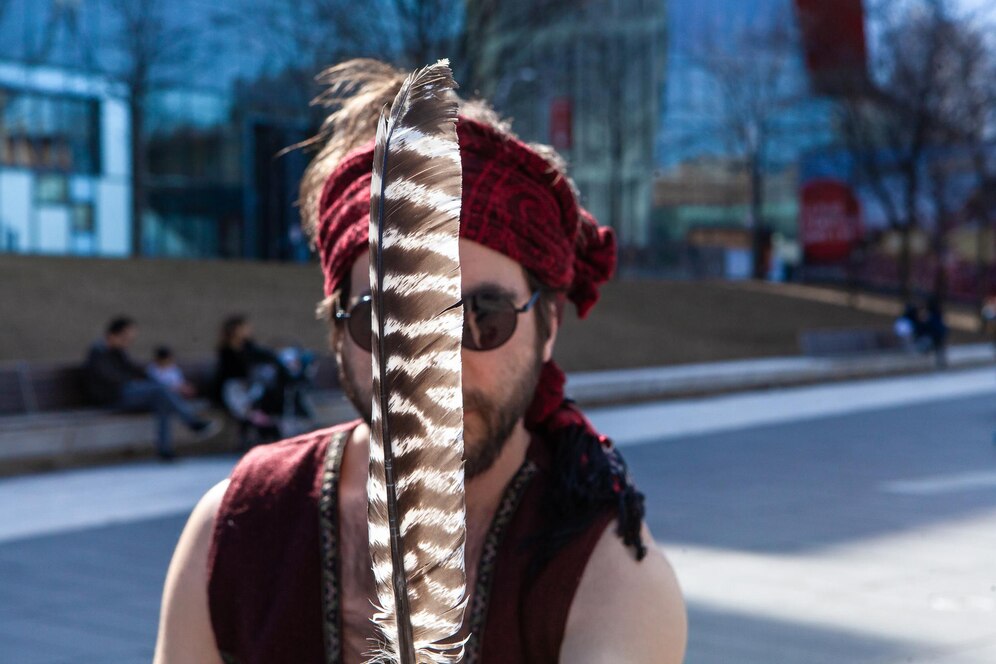High fashion has long been a symbol of creativity, luxury, and individuality, often showcased on grand runways in exclusive fashion shows. However, the world of haute couture has historically felt distant from the everyday consumer, making it challenging to incorporate these high-end designs into daily life. Yet, over the years, the gap between runway fashion and street style has closed, thanks in large part to innovative designers, influencers, and the rise of fast fashion. Today, many of the bold and avant-garde designs that once seemed unattainable have become a source of inspiration for everyday wardrobes.
The process of translating high fashion into something practical for daily wear is rooted in a combination of adaptation and accessibility. Designers now recognize that not all consumers are looking for the extravagant and extravagant. Instead, many want pieces that bring runway inspiration into their homes and workplaces while remaining comfortable and functional. The key is to balance statement pieces with versatility.
One of the most prominent ways runway fashion is translated to real life is through the rise of “street style.” What was once seen as a separate category has now become a powerful force in the fashion industry. Street style often takes elements of high fashion like bold prints, unusual cuts, and striking accessories and distills them into something that can be easily styled for everyday activities. For example, high fashion’s obsession with oversized silhouettes, seen in the collections of major designers, has trickled down into a more wearable form, such as oversized blazers and relaxed trousers.
Similarly, sustainable fashion has emerged as a dominant theme both on the runway and in everyday life. With growing concerns about environmental impact, consumers are more conscious of the need to invest in long-lasting, ethically produced pieces. Designers have responded by incorporating sustainable materials and manufacturing processes into their collections. This shift is reflected in the rise of capsule wardrobes, where individuals focus on curating timeless, high-quality items that can be mixed and matched, reducing the need for fast fashion.
Furthermore, fashion influencers and celebrities play a significant role in bridging the gap between high fashion and everyday wear. Social media platforms, especially Instagram and TikTok, have democratized fashion by allowing everyday people to share their personal style and interpretations of runway looks. A celebrity wearing a designer dress on the red carpet may inspire fans to recreate the look with more affordable alternatives, often drawing from local boutiques or fast fashion retailers. In this way, high fashion doesn’t remain confined to the elite but is reimagined by a broader audience.
Incorporating high fashion into real life also requires rethinking the concept of luxury. Rather than relying on high-cost garments, fashion-savvy individuals now look for small but impactful ways to elevate their everyday outfits. This can include investing in key accessories like designer bags, statement shoes, or unique jewelry that act as a touch of glamour without the need for an entirely designer wardrobe.
The fusion of runway trends with real-world practicality isn’t just a passing trend. It signals a shift in how we think about fashion moving from exclusivity to inclusivity, from luxury to lifestyle. Today’s fashion world celebrates diversity, individuality, and the personal expression of style, proving that high fashion and everyday wear are no longer two distinct worlds but rather a fluid and evolving continuum.

